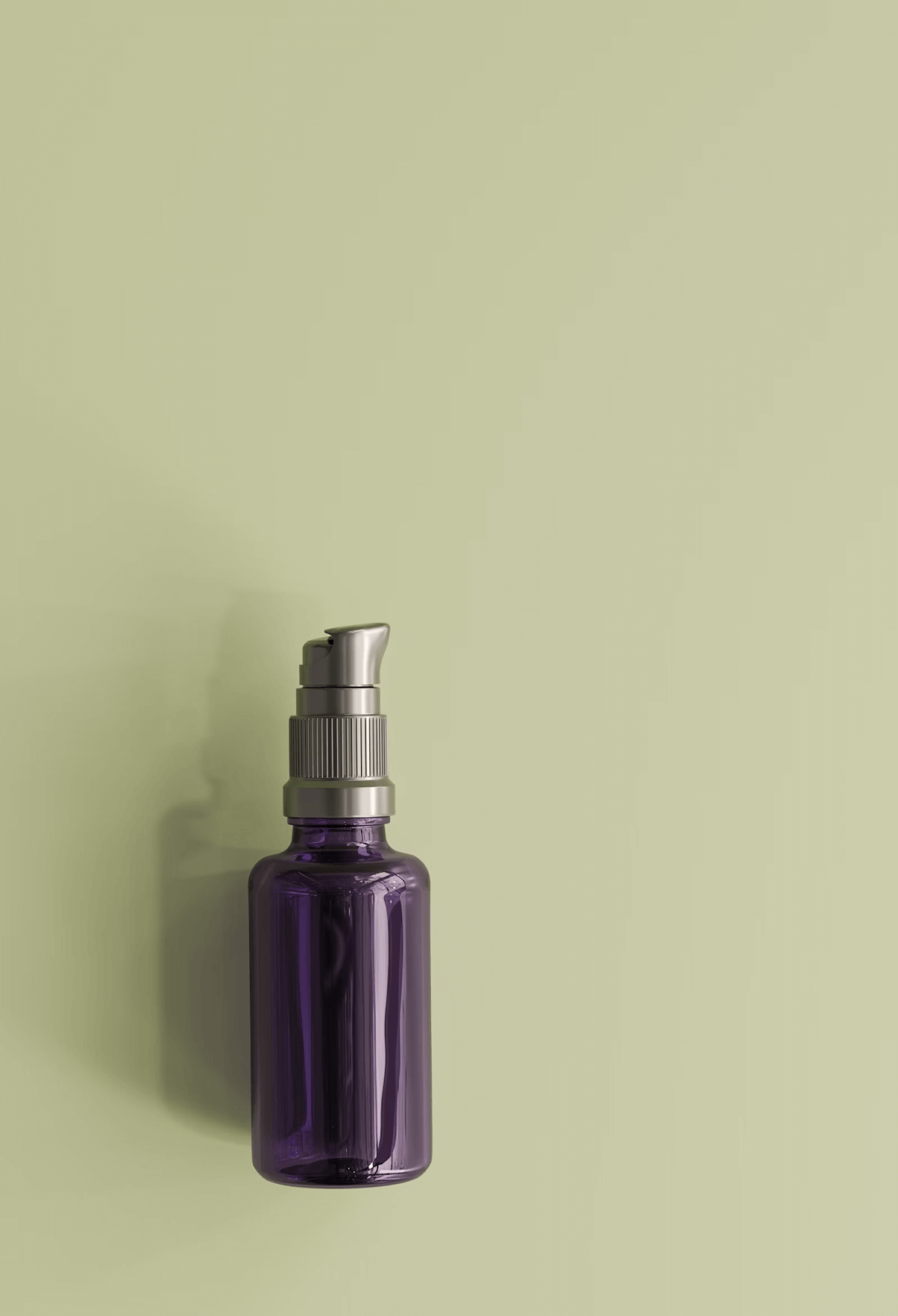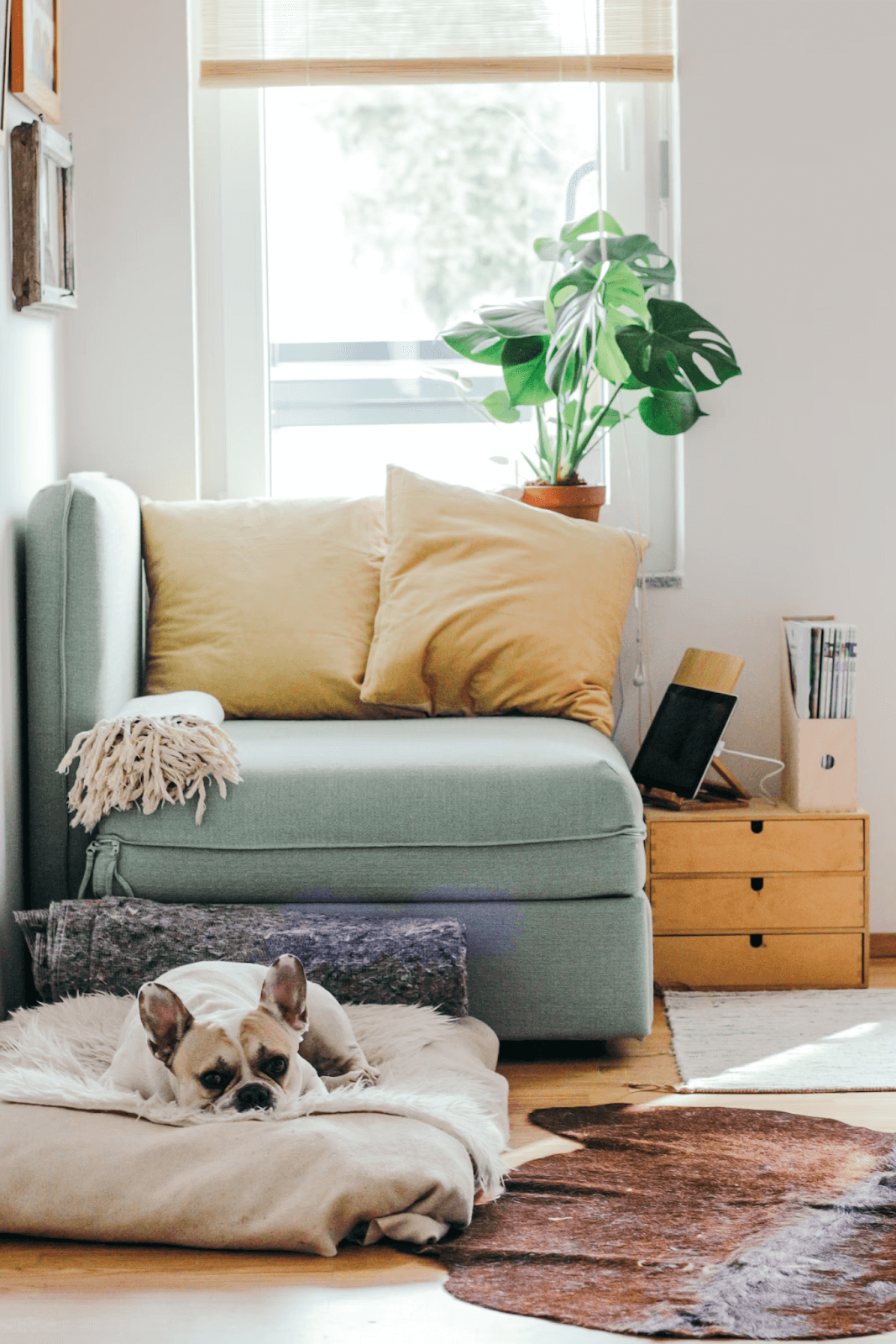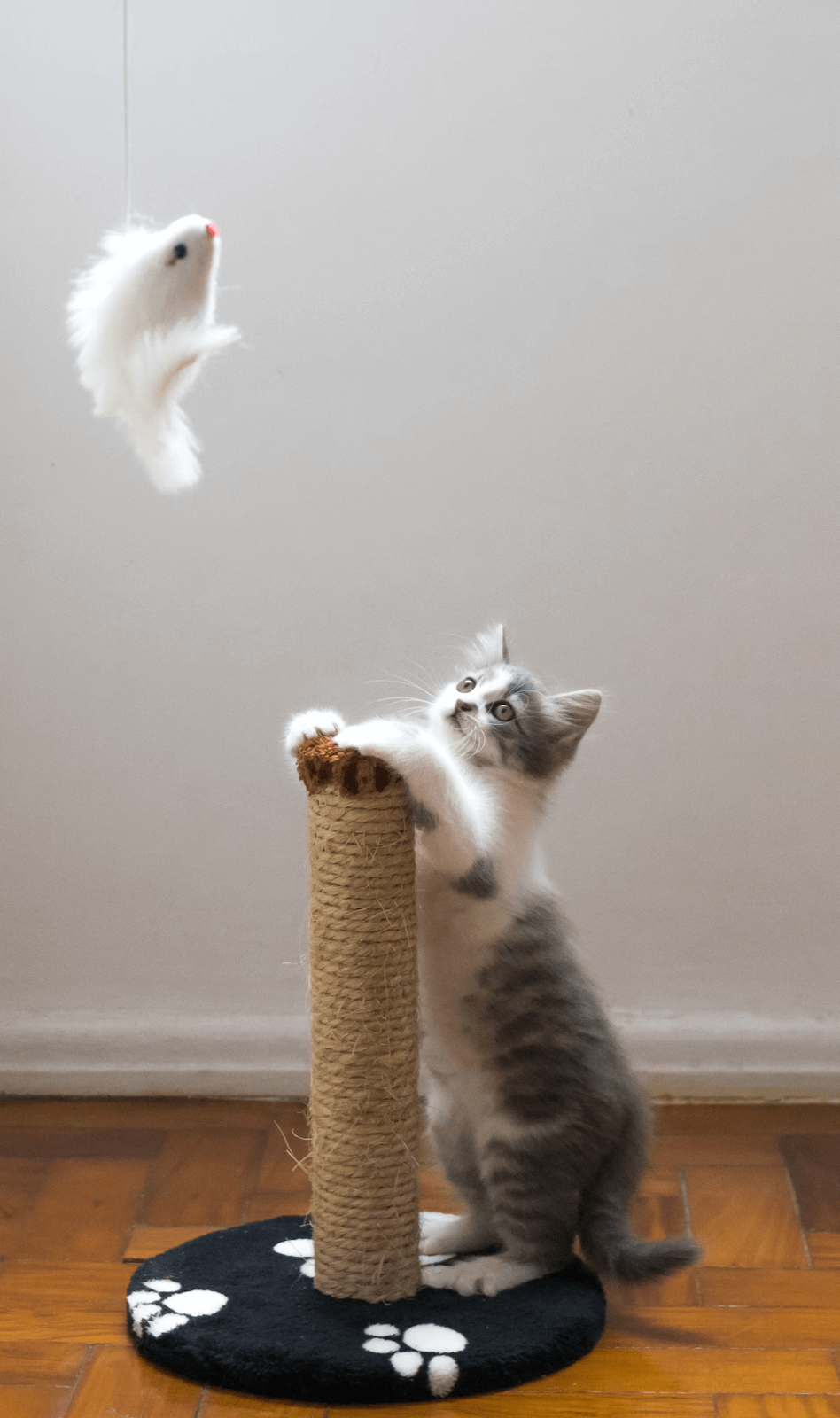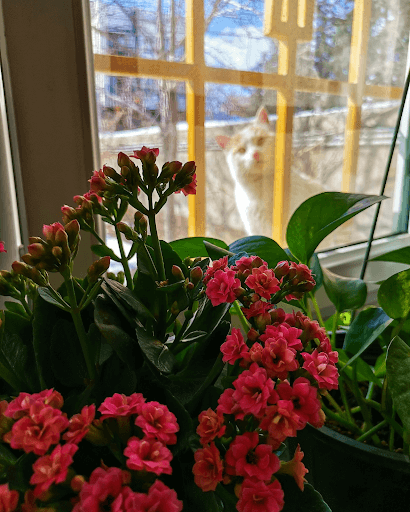1. Choose Pet-Friendly plants:
Buy houseplants for pets so they can nibble on them. Some examples include prayer plants, Boston ferns, and snake plants. Research each plant thoroughly to know if it is non-toxic to your specific type of pet.


Houseplants add beauty and tranquility to any living space, but for pet owners, they can also pose a challenge. Curious cats and playful dogs may see your indoor garden as an all-you-can-eat buffet or an irresistible playground. However, with some precautions and strategic planning, you can create a harmonious environment where your plants and pets can coexist peacefully. Here are some tips to keep your furry friends away from your beloved greenery:

Buy houseplants for pets so they can nibble on them. Some examples include prayer plants, Boston ferns, and snake plants. Research each plant thoroughly to know if it is non-toxic to your specific type of pet.
Place your plants out of reach of your pets by displaying them on high shelves, hanging baskets, or tall plant stands. It prevents easy access and reduces the temptation for your pets to investigate or snack on your plants. Want to keep your leafy pals safe from your furry troublemakers? The golden rule is to keep those green beauties out of paw's reach. Get crafty with hanging baskets, deck out your walls with planters, or perch them high up on shelves that are off-limits to your curious critters. Be savvy about plant placement—steer clear of spots where your pets hang out the most. It's all about creating a botanical sanctuary that's pet-proof and plant-friendly!

Use indoor fencing, baby gates, or decorative barriers to block off areas where your plants are present. It can be useful for larger plants or clusters of plants that are difficult to move or elevate. If you're a cat owner, you know the struggle of keeping your houseplants safe from becoming a feline's restroom. One nifty trick is covering the soil with tin foil—it's like kryptonite for kitty litter adventures. Plus, it's super easy to remove when you want to water your plants. You can add a decorative touch by using pebbles or stones to create a barrier that's functional and stylish. Say goodbye to unwanted soil digging and hello to a purr-fectly adorned plant oasis!

Sprinkle citrus peels, coffee grounds, or cayenne pepper around the base of your plants. Many pets are deterred by the smell or taste of these substances and will avoid the area. There are commercially available pet-safe repellent sprays designed specifically to discourage pets from approaching or chewing on plants. These sprays emit odors that are unpleasant to pets but harmless to plants. Harness the power of citrus to keep your furry friends at bay while giving your houseplants some love! Lemons aren't just for lemonade; they're natural repellents for cats and dogs, and they are also plant-safe. Whip up a DIY spray by mixing a few drops of lemon juice with water in a spray bottle, then spritz it on your plant leaves. If your pets are more into digging, simply place lemon rinds over the soil for an extra barrier. It's like giving your plants a zesty shield against those curious critters!

Consistently reinforce boundaries and train your pets to stay away from certain areas of your home. Use positive reinforcement techniques such as treats or praise when they comply with your instructions.

Keep your pets entertained and mentally stimulated with toys, scratching posts, or designated play areas. Redirect their attention away from your plants by offering them more appealing alternatives. Here's a quirky idea: give your pet their very own plant! Seriously, it's not as wild as it sounds. Sometimes, offering your furry friend their green buddy can divert their attention from nibbling on your precious plants. Cat grass is a winner in this department—it's like a pet-friendly salad bar that most cats and dogs can't resist. And the best part? You can snag cat grass seeds just about anywhere, from your corner store to the pet shop down the street. It's a win-win: your pet gets their munch on, and your houseplants stay safe and sound.

If you suspect your pet has ingested a toxic plant or is exhibiting symptoms of poisoning, seek immediate veterinary care. Keep a list of toxic plants handy and familiarize yourself with the signs of plant poisoning in pets.

Consider dedicating a separate space, such as a patio or balcony, for pet-friendly plants where your pets can roam freely without the risk of harming your indoor houseplants.
By implementing these tips and being proactive in your approach, you can successfully keep your pets away from your houseplants while ensuring a safe and harmonious environment for both your plants and furry companions. With a little effort and patience, you can enjoy the beauty of your indoor garden without worrying about your pets getting into mischief.